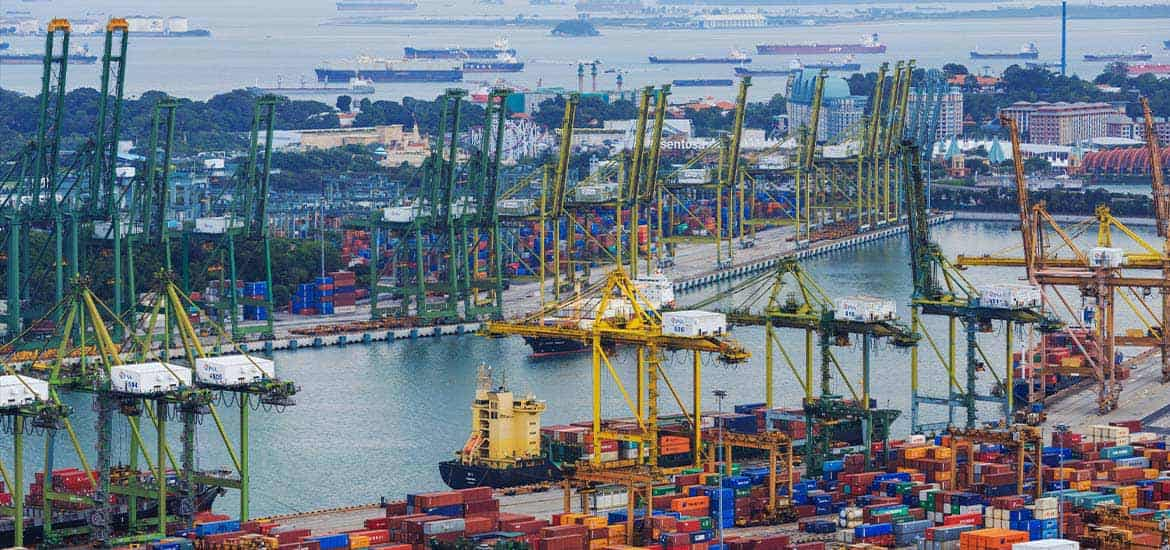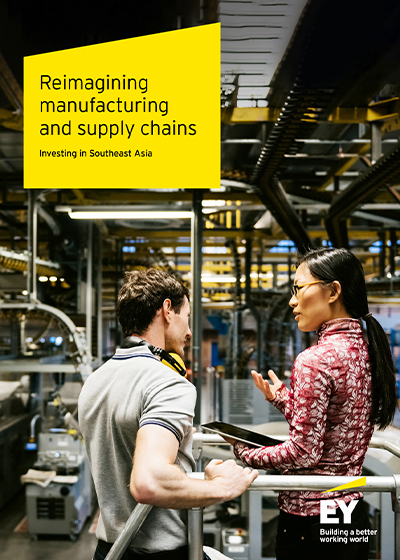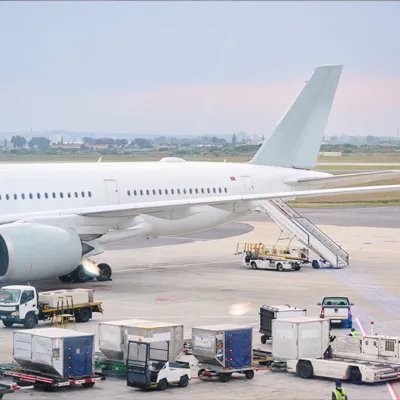In the past decade, several foreign and even Chinese producers of lower value-added industries such as footwear and garment manufacturing have moved to Vietnam, Cambodia and Myanmar – a strategy popularly known as “China-plus-one”. But even these offshore operations remain heavily reliant on imports from China of inputs and capital goods that are essential to them.
Japanese companies that were among the first movers under the China-plus-one strategy found that their manufacturing facilities in ASEAN were still sourcing 13.5 per cent of raw materials and parts from China, noted a 2021 report by the Mercator Institute for China Studies, a German think-tank.
Meanwhile, their factories operating in China sourced more than 90 per cent of inputs locally, and the rest from Japan, making them less vulnerable to external shocks, it said.
Mr Stewart Paterson, research fellow at Hinrich Foundation, said the rise in China’s cost base and its intent to move up the value chain give an opening to some Southeast Asian economies to replace China in the global value chain.
“However, breaking the dependency on China will involve a far higher degree of vertical integration and intra-ASEAN connectivity,” he noted.
Mr Paterson said China’s imports from ASEAN rose by about 56 per cent from 2011 to 2020. In the same period, ASEAN’s imports from China grew by 94 per cent.
Taking into account the US$700 billion (S$930 billion) rise in ASEAN’s combined gross domestic product (GDP) over the same period, it becomes obvious that every US$100 of ASEAN GDP growth was accompanied by US$20 of imports from China. That shows ASEAN’s marginal propensity to import from China is 20 times higher than China’s marginal propensity to import from ASEAN.
“Trade flows over the past decades suggest measures to facilitate trade between China and Southeast Asia have an asymmetric impact. The goods tend to flow south, and earnings flow north. Greater intra-ASEAN trade can alter this dynamic,” Mr Paterson said.
Boosting intra-ASEAN trade will become even more important as the world’s largest economies – the US, China and the euro zone – increase their efforts to localise their supply chains and production.
The Monetary Authority of Singapore’s latest Macroeconomic Review report said that the US and China together accounted for more than 70 per cent of total semiconductor investments in 2021, underpinned by domestic investments amid the push for greater localised sourcing.
This trend could intensify over time, as seen by direct investment flows. “Greater (localised) sourcing among the US and China could have an adverse impact on electronics and overall output in the rest of Asia,” it said.
While the April report showed Singapore has maintained its share of around 6 per cent in global electronics exports from 2017 to 2021, the lack of gain in the share is notable as well.
Experts like Mr Paterson believe ASEAN could increase its footprint in global manufacturing output by putting to greater use the diversity of its 10 economies, some of which offer a cheaper cost base while others higher productivity, innovation and the access to higher-value chains.
Source: The Straits Times © SPH Media Limited. Permission required for reproduction.








